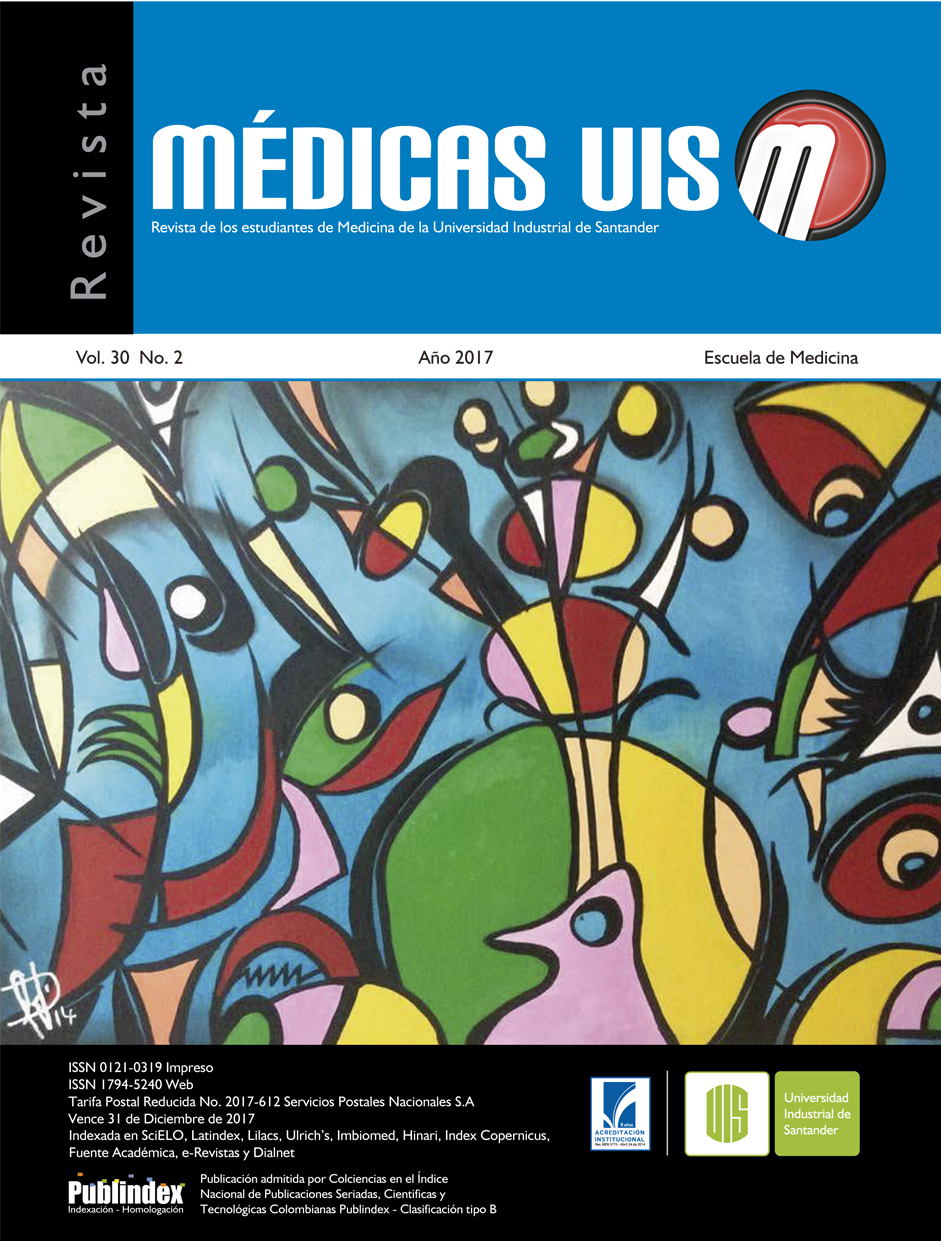Abstract
hydatid disease in minors represent relatively recent infections, with each new infection means the failure of preventive and control measures, where both an inequality is reflected in the presentation of this infection. Objective: to characterize and evaluate the inequality of hydatid disease in children aged 0 to 18 years in Chile in the period 2001 to 2011. Materials and Methods: hospital discharges for analysis of the rate ratio, rate difference, population attributable risk percentage and Gini coefficient were used. As economic indicators of regional GDP per capita (2008 to 2011) and the Regional Human Development Index 2003 were used. Results: if they could match the socio-economic conditions at the regional level could be avoided between 37 to 68 extra per hydatid disease hospital discharges. Conclusions: there is an effect of the social gradient on the presentation of this disease.in children under 18 years in Chile for the period under study. MÉD.UIS. 2017;30(2):29-36.
Keywords: Hydatidosis. Echinococcosis in children. Neglected disease. Inequality

This work is licensed under a Creative Commons Attribution 4.0 International License.
Copyright (c) 2017 Médicas UIS
